Emerging Trends in Mycology Plant Pathology & Microbial Biotechnology
This volume is the outcome of the various papers presented and discussed during the National Conference on "Emerging Trends in Mycology, Plant Pathology and Microbial Biotechnology", organised by the Department of Botany, Osnania university, Hyderabad. Microorganisms Omnipresent and cosmopolitan in nature, represents bacteria, fungi, actinomycetes, algae, protozoans etc. There exists a great diversity among various microorganisms and even within a group of microorganism, depending on the habitat and environmental factors. The microorganism are either beneficial or detrimental in nature. The later effects are by way of causing serious diseases to plants. Animals and mankind. The direct beneficial effects of plants are by way of promoting their growth the production of phytohormones/auxins and metabolites which stimulate the microbial community in the rhizosphere. The indirect effects are by way of producing antibiotics or toxins or volatile compounds which act as biocontrol agents and thereby reducing the damage against phytopathogens. Recent developments in molecular biology and biotechnology have thrown light in developing suitable techniques for identification and characterization of microorganisms and developing diagnostic probes for studying their relationship and variability. This has a great impact on their application for environmental sustainability and biodiversity, apart from, understanding the mechanisms involved in microbe-microbe interaction in general and soil-plant-microbe interactions in particular. The various aspects dealing with the biodiversity and taxonomy of fungi, their association with plants, molecular approaches for studying the phylogenetic relationships of microbes and their application have been covered in this volume.
Get it now and save 10%
BECOME A MEMBER

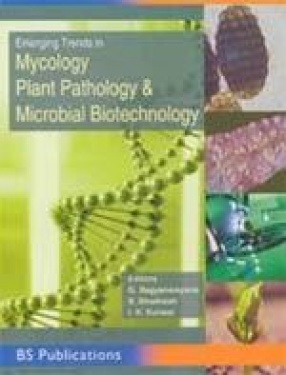
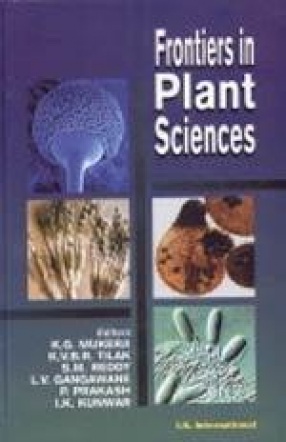
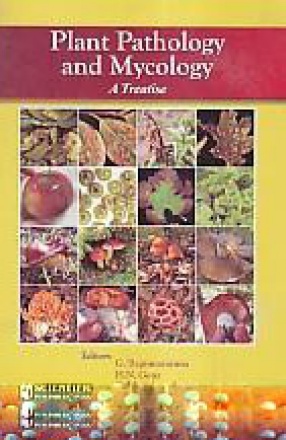
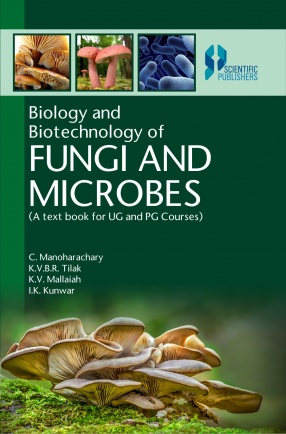
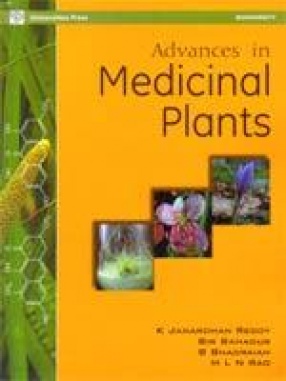





Bibliographic information
B. Bhadraiah
G. Bagyanarayana
Tags